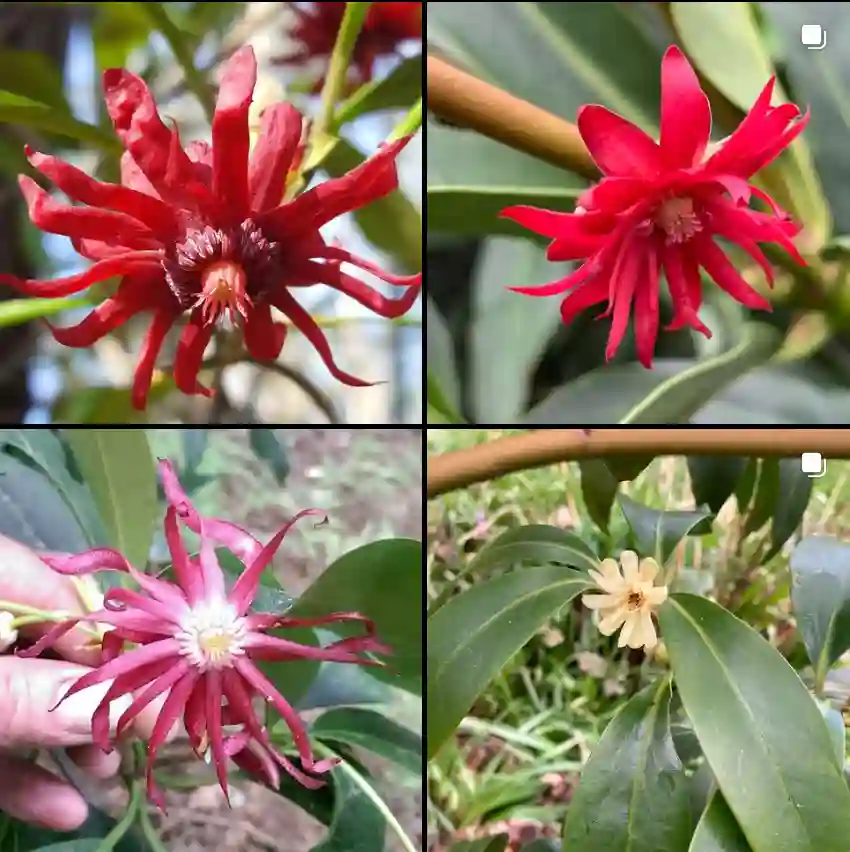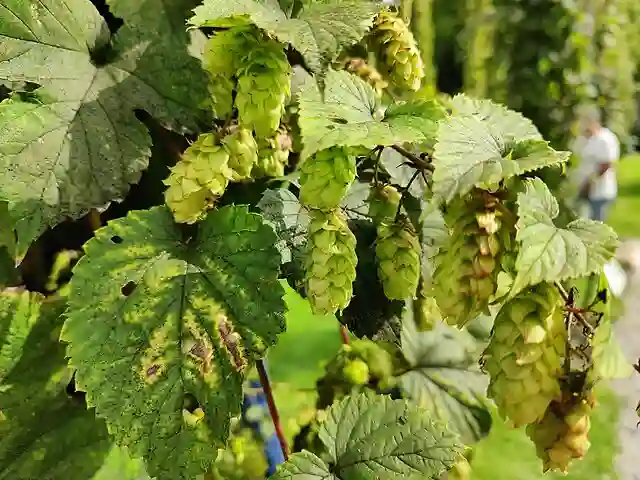
Where to buy Cercis canadensis?
I found that buying Cercis canadensis, also known as Eastern Redbud, was fairly straightforward. I checked local nurseries and garden centers first, which often had them in stock during the planting season. Additionally, I found several reputable online plant retailers that offered a variety of sizes and even some interesting cultivars of Cercis canadensis. One of my favorites is Forest Pansy for its beautiful purple leaves.
10 Species in Genus Cercis
Are Cercis canadensis legumes?
Yes, Cercis canadensis are indeed legumes. I was intrigued to learn that they are part of the pea family, Fabaceae. This means they have the ability to fix nitrogen in the soil through a symbiotic relationship with bacteria in their root nodules. It’s fascinating because it enriches the soil where they grow, benefiting other plants nearby.
Are Cercis canadensis poisonous to dogs?
I was relieved to find out that Cercis canadensis is not poisonous to dogs. As a dog owner, I always worry about what plants might be harmful if my pet decides to nibble on them. Knowing that Eastern Redbud is safe means I can plant it in my yard without any concerns for my furry friend’s health.
How did Cercis canadensis get in Minnesota?
I learned that Cercis canadensis made its way to Minnesota primarily through horticultural enthusiasts and nurseries. The tree isn’t native to the state, but its hardiness in various climates has allowed it to thrive there. Gardeners in Minnesota have embraced it for its beautiful spring blossoms and overall resilience.
How do you pronounce Cercis canadensis?
I pronounce Cercis canadensis as “SER-sis kan-a-DEN-sis.” The name might sound a bit intimidating at first, but once I got the hang of it, it rolled off the tongue more easily. Breaking it down into syllables helped me remember the pronunciation.
How to grow Cercis canadensis?
Growing Cercis canadensis has been quite rewarding for me. I made sure to plant it in a spot with well-drained soil and partial to full sun. It’s relatively low maintenance once established, but I kept it well-watered during the first couple of years to help it get established. Watching it burst into bloom each spring has been a highlight of my gardening experience.
How to propagate Cercis canadensis?
Propagating Cercis canadensis is something I’ve tried with mixed results. I found that the most reliable method is by seed, although it requires some patience. I collected seeds in the fall and scarified them to break the hard outer coating before planting. Some gardeners have success with softwood cuttings, but I haven’t personally tried that method yet.
How to prune Cercis canadensis?
Pruning Cercis canadensis is something I’ve learned to do carefully. I usually prune it in late winter or early spring before new growth starts. Removing dead or crossing branches helps maintain a nice shape and promotes healthy growth. I try not to prune too much at once to avoid stressing the tree.
Is Cercis canadensis salt tolerant?
I’ve noticed that Cercis canadensis is somewhat salt tolerant, which is a great feature since I live in an area where road salt is used heavily in the winter. While they aren’t the most salt-tolerant plants, they seem to handle occasional exposure without too much trouble.
Is Cercis canadensis wind tolerant?
From my experience, Cercis canadensis is fairly wind tolerant. I planted mine in a somewhat exposed area, and it has held up well against strong winds. The branches are flexible enough to sway without breaking, which is reassuring during stormy weather.
Is Cercis canadensis a bean tree?
Calling Cercis canadensis a bean tree is somewhat accurate because it belongs to the legume family, like beans. However, it’s more commonly known as Eastern Redbud. The bean-like pods it produces in the fall are characteristic of its family, but they aren’t typically harvested for consumption.
Is Cercis canadensis a legume?
Yes, Cercis canadensis is a legume, and this classification is quite fascinating to me. It connects them to a wide variety of plants that have similar characteristics, particularly their ability to enrich the soil with nitrogen, which is beneficial for the garden ecosystem.
Is there a blue Cercis canadensis?
I haven’t come across a blue Cercis canadensis. Most of the varieties I’ve seen have flowers ranging from rosy pink to deep magenta. If there’s a blue variety out there, it would certainly be a unique addition to any garden.
Is there a white Cercis canadensis?
There are indeed white-flowered varieties of Cercis canadensis. One of the most well-known is the cultivar ‘Alba’. I saw it in a botanical garden once, and the pure white blossoms were stunning, providing a beautiful contrast to the typical pink and purple varieties.
What color flowers are Cercis canadensis?
The flowers of Cercis canadensis are usually a striking pink or magenta. I’ve planted a couple of these in my garden, and their vibrant spring blooms never fail to impress. The color is one of the main reasons they’re such a popular ornamental tree.
What soil does Cercis canadensis like?
Cercis canadensis seems to prefer well-drained, loamy soil with a neutral to slightly acidic pH. I’ve had good results with adding organic matter to improve soil structure. It’s important not to let them sit in waterlogged soil, as they don’t handle that well. Proper soil preparation made a big difference in how well my trees thrived.
Cercis Canadensis vs Cercis Occidentalis
From my experience, Cercis Canadensis has a more vibrant, show-stopping display of pink flowers in the spring compared to the Cercis Occidentalis, which I found to have a more understated and slightly less striking floral show.
Cercis Canadensis vs Cercis Siliquastrum
I’ve noticed that Cercis Canadensis boasts a richer, deeper pink color in its blooms compared to the Cercis Siliquastrum, which tends to have a more pastel and delicate pink that doesn’t pop as much in my garden.
If i die, water my plants!



